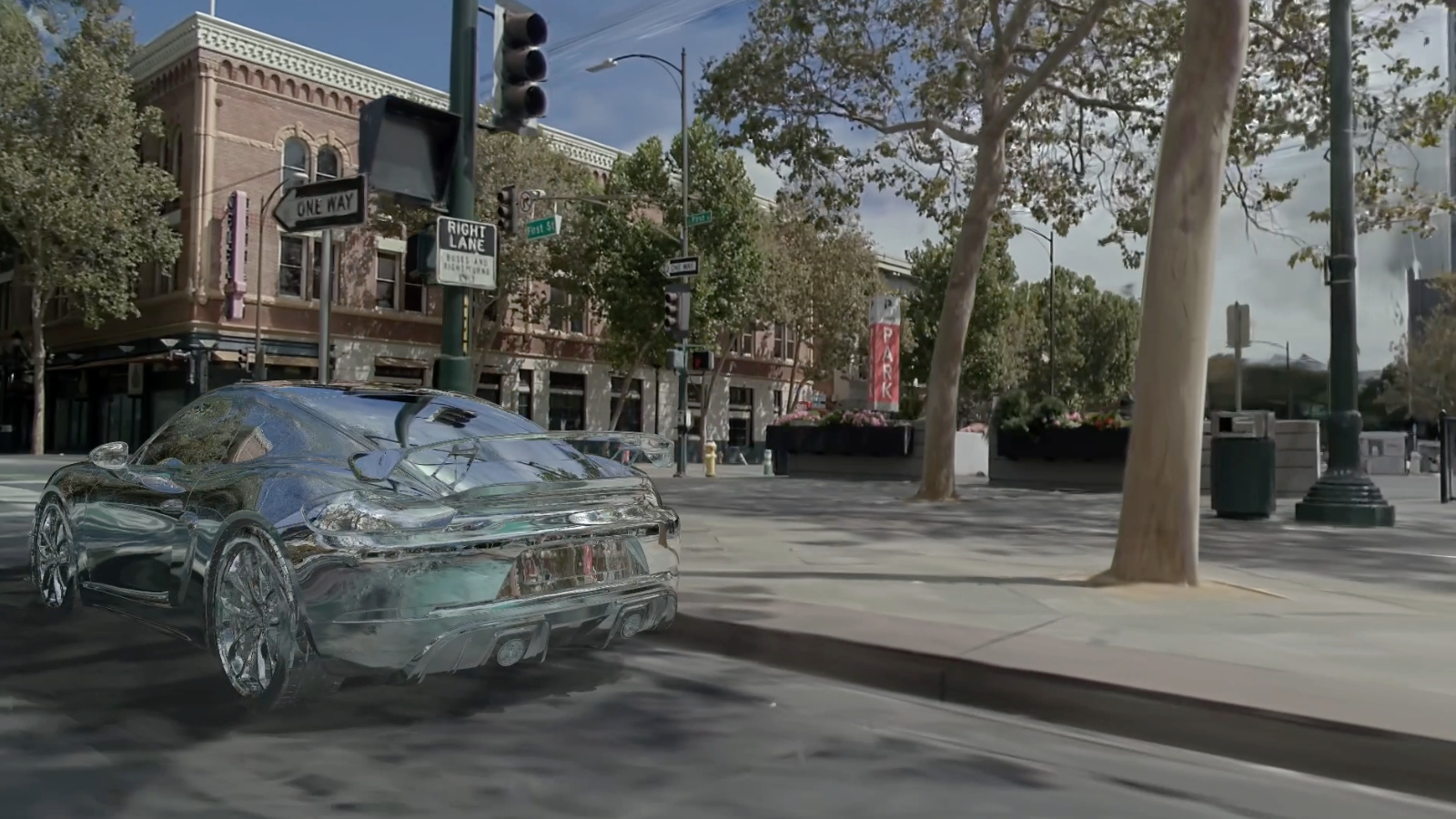Top Stories
Nvidia Unveils ‘Graphics 3.0’ to Transform AI-Driven Productivity

Nvidia has introduced a groundbreaking concept dubbed “Graphics 3.0” that aims to enhance productivity in physical environments, such as factories and warehouses, through AI-generated graphics. During a keynote address at the SIGGRAPH 2025 conference in Vancouver, BC, the company outlined its vision for generative AI (genAI) tools to play a central role in improving operational efficiency.
The concept of Graphics 3.0 emphasizes the use of AI-generated graphics over traditional human-created visuals. Nvidia asserts that these graphics can significantly contribute to training robots and automating equipment production. According to Ming-Yu Liu, vice president of research at Nvidia, “We believe we are now in Graphics 3.0…being superpowered by AI.” This statement reflects the company’s confidence in the potential of AI to revolutionize various sectors.
Jensen Huang, Nvidia’s CEO, elaborated on the practical implications of this technology. He noted that AI-generated graphics could empower robots to manage tasks in homes, reshape work processes in industries like agriculture, and enhance the operation of equipment across different environments. “Robots will assist us in our homes, redefine how work is done in factories, warehouses, agriculture, and more,” he stated in a video presentation.
Challenges in Implementing Graphics 3.0
Despite the promising outlook, the transition to Graphics 3.0 poses unique challenges. Unlike virtual AI, which utilizes easily accessible data, physical AI relies on pixels that are more complex to obtain. To address this, Nvidia is developing synthetic data by simulating virtual environments. “Robots don’t learn from code. They learn from experience. But real-world training is slow and expensive,” Huang explained.
To facilitate this learning process, Nvidia has engineered AI models and simulation tools capable of generating the necessary pixels for training robots, autonomous vehicles, and other physical AI systems. According to Aaron Lefohn, vice president of research at Nvidia’s real-time graphics lab, “We need to invent completely new tools so that artists can conceptualize, create, and iterate orders of magnitude more quickly than they can today.”
Nvidia also introduced its Cosmos AI models, which are designed to enable robots to comprehend commands, reason, plan, and execute tasks effectively in real-world scenarios. As noted by Sonia Fidler, vice president of research at Nvidia’s spatial intelligence lab, these models are essential for bringing digital intelligence into physical operations. “Physical AI can’t scale through real world trial and error. It’s unsafe, time-consuming, and expensive,” she stated.
Technological Innovations and Future Directions
One of the standout announcements from Nvidia was the introduction of Omniverse NuRec, a tool that converts real-world sensor data into interactive simulations for robotic training and testing. This technology integrates various tools and AI models to enhance the creation, simulation, rendering, and improvement of 3D digital environments. The reconstruction of virtual worlds is achieved through 2D data gathered from cameras and sensors, with each pixel meticulously labeled based on a visual interpretation of the sensor data.
“It is very important to stress here that visual understanding is not perfect and because of different ambiguities it’s hard to perfect,” Fidler cautioned. This highlights the complexities involved in achieving accurate simulations for training purposes. Additionally, Nvidia announced new AI material-generation tools aimed at producing more realistic graphics, complete with intricate visual details such as reflectivity and surface textures.
These advancements allow 3D experts and engineers to interact with AI assistants using straightforward language, making the process of creating digital environments more intuitive and efficient. As the company continues to refine its technologies, the implications of Graphics 3.0 may extend far beyond the factory floor, potentially reshaping entire industries and everyday life.
-

 Sports1 month ago
Sports1 month agoNetball New Zealand Stands Down Dame Noeline Taurua for Series
-

 Entertainment1 month ago
Entertainment1 month agoTributes Pour In for Lachlan Rofe, Reality Star, Dead at 47
-

 Entertainment1 week ago
Entertainment1 week agoNew ‘Maverick’ Chaser Joins Beat the Chasers Season Finale
-

 Sports1 month ago
Sports1 month agoSilver Ferns Legend Laura Langman Criticizes Team’s Attitude
-

 Entertainment2 months ago
Entertainment2 months agoKhloe Kardashian Embraces Innovative Stem Cell Therapy in Mexico
-

 Sports2 months ago
Sports2 months agoGaël Monfils Set to Defend ASB Classic Title in January 2026
-

 World3 months ago
World3 months agoPolice Arrest Multiple Individuals During Funeral for Zain Taikato-Fox
-

 Politics2 weeks ago
Politics2 weeks agoNetball NZ Calls for Respect Amid Dame Taurua’s Standoff
-

 Entertainment3 weeks ago
Entertainment3 weeks agoTyson Fury’s Daughter Venezuela Gets Engaged at Birthday Bash
-

 Sports3 weeks ago
Sports3 weeks agoHeather McMahan Steps Down as Ryder Cup Host After Controversy
-

 Entertainment3 weeks ago
Entertainment3 weeks agoTyson Fury’s Daughter Venezuela Gets Engaged at Birthday Bash
-

 World3 weeks ago
World3 weeks agoNew Zealand Firefighters Plan Strike on October 17 Over Pay Disputes





















